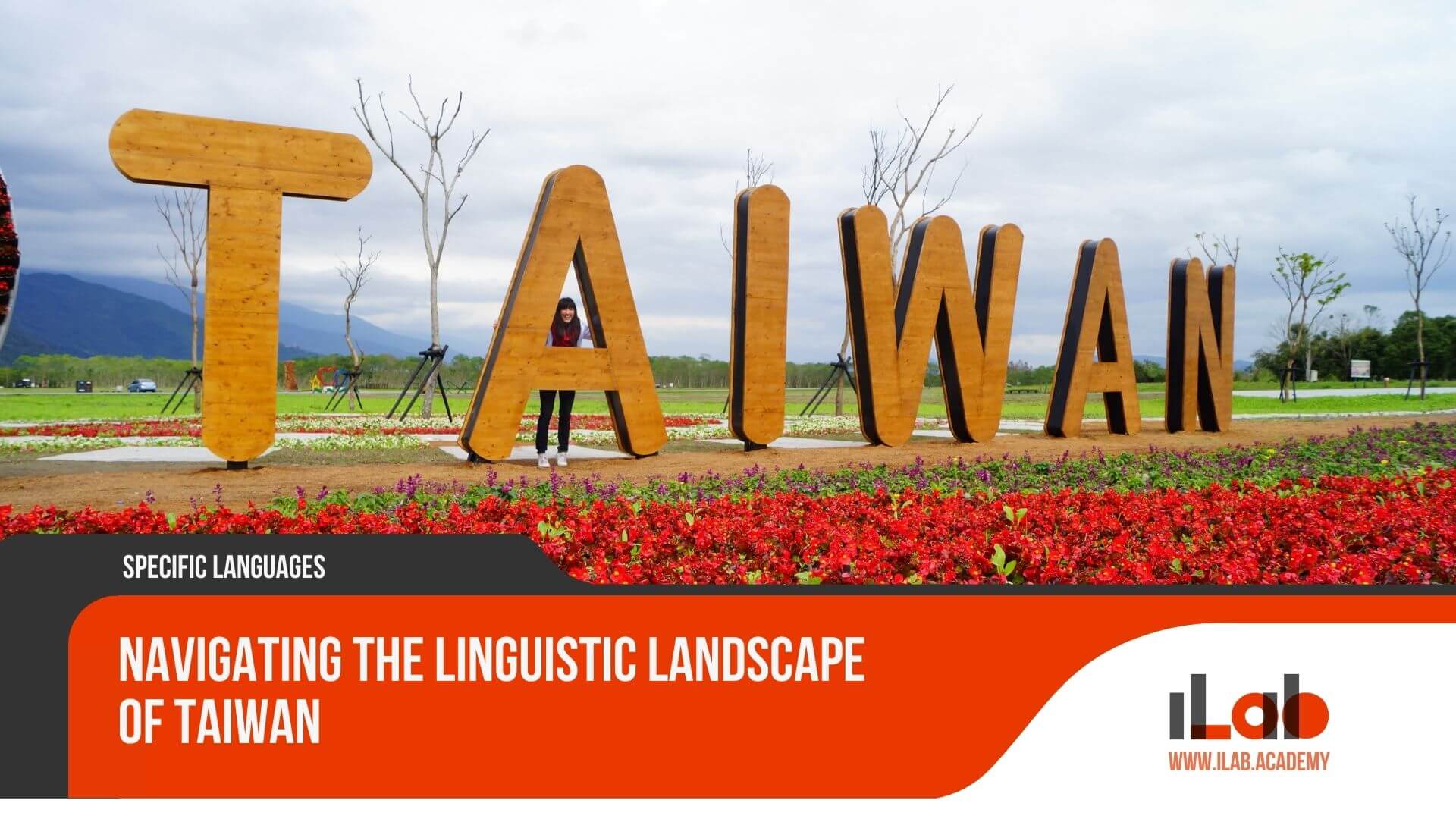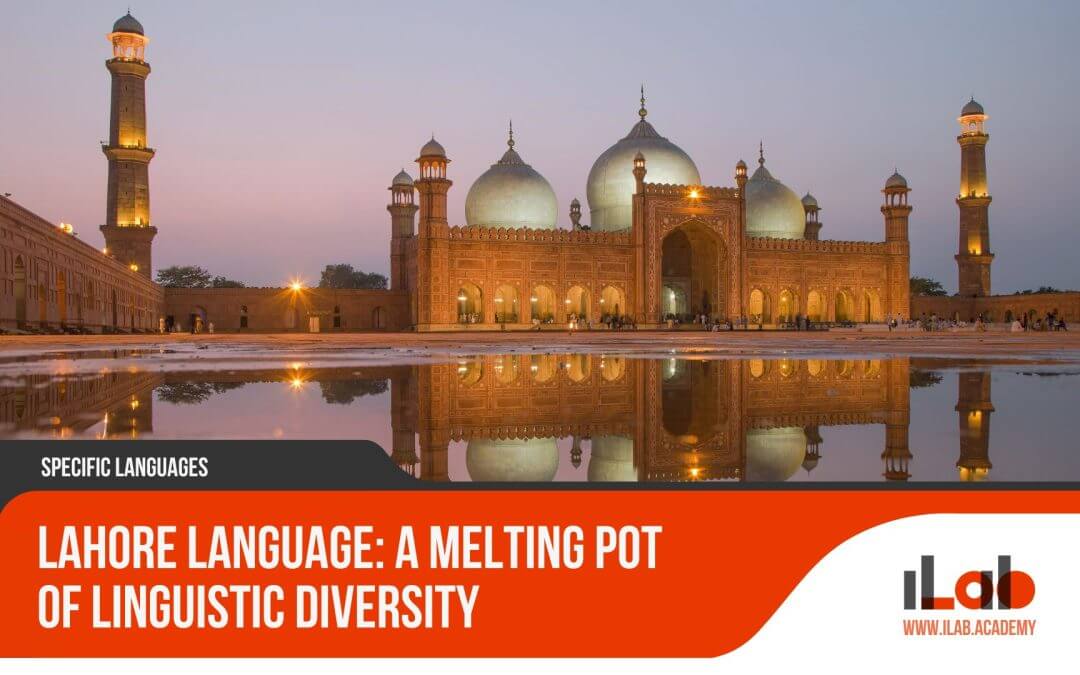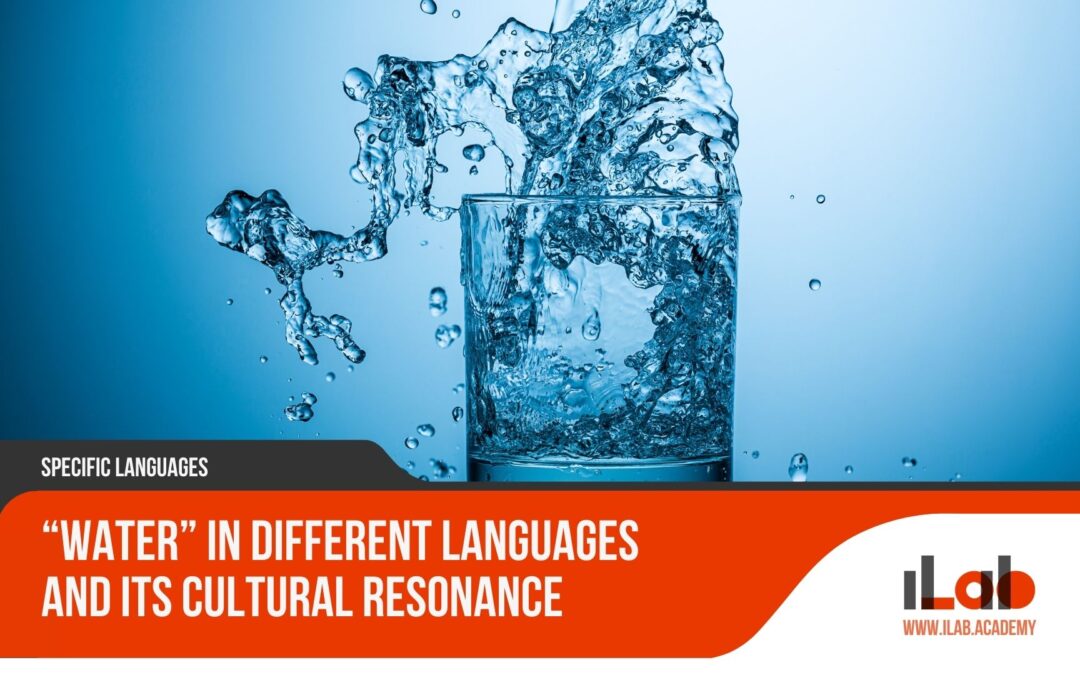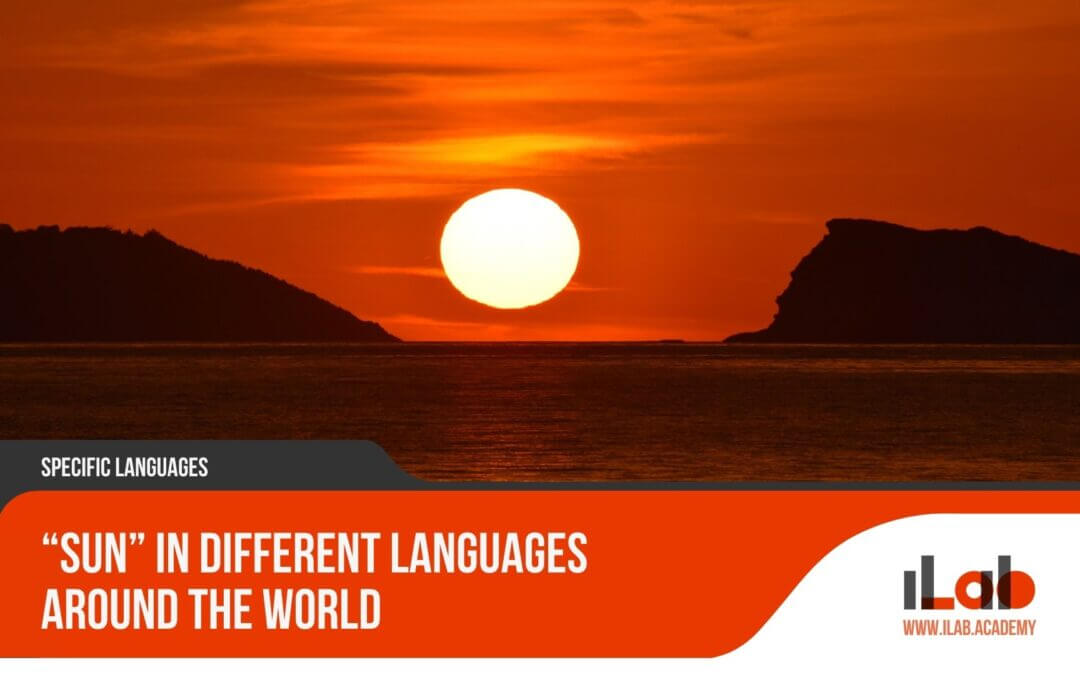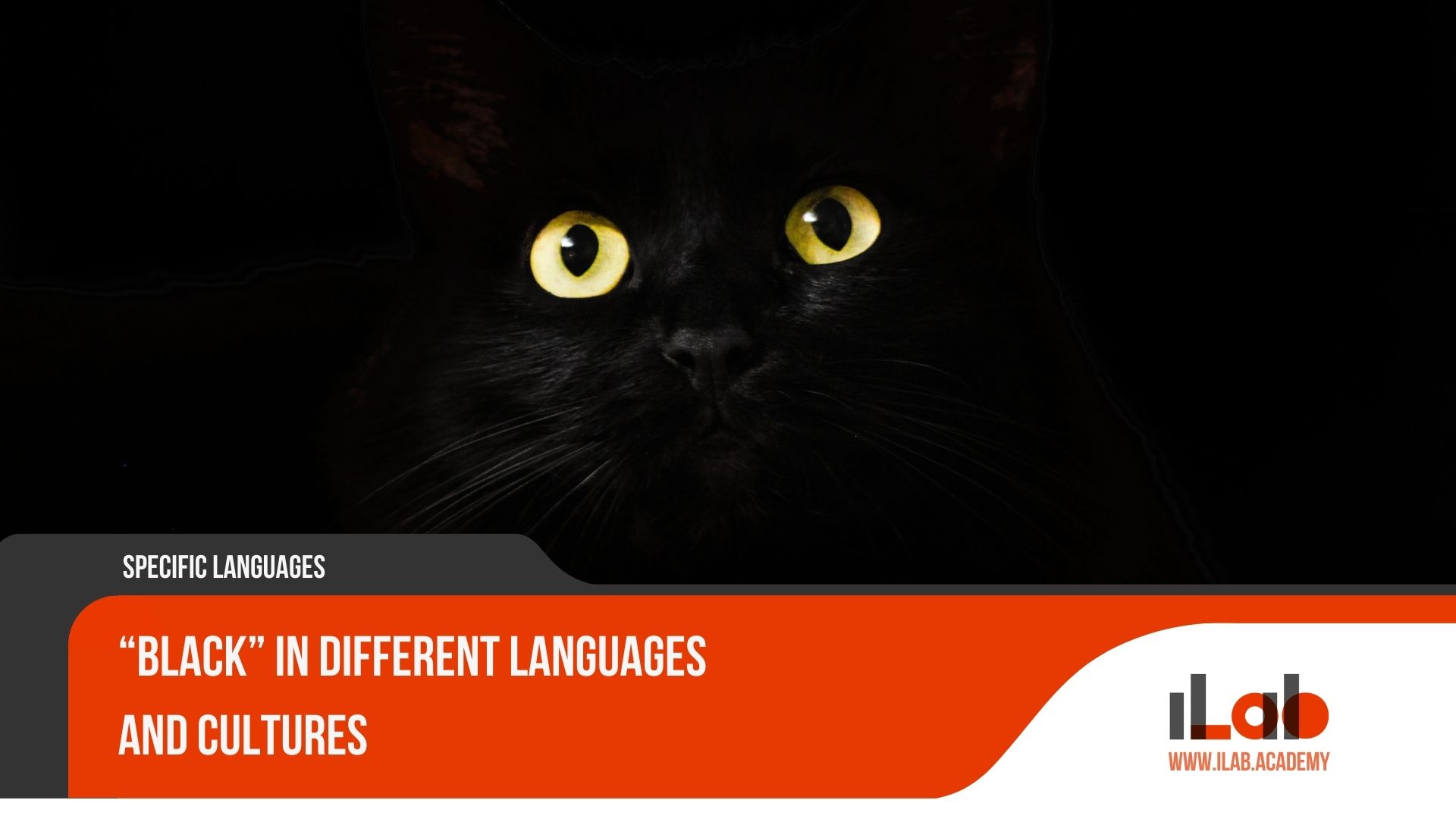Table of contents
Navigating the linguistic terrain of Taiwan reveals a complex interplay of history, culture, and identity, which is manifest in the variety of languages that echo throughout the island. As the official language, Mandarin Chinese serves as the primary medium of instruction and administration, a legacy of political shifts and a tool for unifying the diverse population. Yet, beneath this linguistic monolith lies a rich mosaic of regional dialects such as Taiwanese Hokkien and Hakka, each with its own historical significance and emotional resonance among local communities. The endangered Formosan languages, the voice of the island’s indigenous peoples, add yet another layer of depth, speaking volumes about Taiwan’s pre-Chinese cultural heritage. The presence of English and remnants of Japanese influence further complicate the picture, reflecting Taiwan’s international interactions and colonial history. Understanding the dynamics of this linguistic landscape is not merely an academic exercise; it is crucial for grasping the social fabric and the evolving identity of Taiwan. As we consider the implications of language use, policy, and education in Taiwan, one must ponder how these languages coexist and compete, shaping the daily lives and future of its people.
Key Takeaways
- Taiwan is a melting pot of languages and dialects, reflecting its historical and cultural tapestry.
- Mandarin Chinese is the official language of Taiwan and is widely used in education, government, and media.
- Taiwanese Hokkien is one of the most widely spoken non-Mandarin Chinese dialects in Taiwan and holds cultural significance in everyday life.
- Efforts are being made to preserve and revive the Formosan languages spoken by Taiwan’s indigenous peoples, highlighting their status as national treasures.
The Official Language: Mandarin Chinese
As the official language of Taiwan, Mandarin Chinese serves as the cornerstone of communication, uniting the island’s diverse population through a common linguistic framework. It was established as the official language following the Republic of China government’s relocation to Taiwan in 1949. Since then, a concerted effort to standardize and promote Mandarin has been undertaken, ensuring its dominant position in the nation’s official discourse.
The history of Mandarin in Taiwan reflects a period of linguistic transformation, where the language was intensively promoted in public education and government affairs to foster national unity. The adoption of Mandarin was also propelled by its practicality for inter-regional communication among Taiwan’s various linguistic groups. In the present day, Mandarin’s prevalence is evident in the island’s education system, where it is the primary medium of instruction, as well as in government, where it is the language of administration and legislation.
Furthermore, Mandarin Chinese is omnipresent in Taiwanese media, serving as the language of choice for news broadcasts, television programming, and print publications. This extensive use has cemented its role as an essential tool for information dissemination and cultural exchange within Taiwan.
Mandarin’s importance is underscored by its function as a linguistic bridge among Taiwan’s inhabitants, who may speak different dialects or indigenous languages at home. It enables individuals from various backgrounds to engage with each other and access opportunities across the island. By mastering Mandarin, residents of Taiwan can navigate the social, educational, and professional landscapes of the island, which underscores the language’s critical role in the fabric of Taiwanese society.
Taiwanese Hokkien: The Lingua Franca of the Streets
Bridging the gap between formal communication and daily interaction, Taiwanese Hokkien thrives as the vibrant vernacular of the streets, intimately woven into the social fabric of Taiwan. Known locally as Taiwanese Minnan, this dialect is one of the island’s most widely spoken tongues outside of the official Mandarin language. Its colloquial charm resonates through bustling markets, lively neighborhoods, and across generational divides, marking it as an indispensable element of Taiwan’s oral tradition.
The historical roots of Taiwanese Hokkien trace back to the migration of people from the Fujian province of China during the Qing dynasty. Over time, this language has cemented its regional prominence and has become an emblem of cultural identity for many Taiwanese. In daily life, it serves not only as a communicative tool but also as a cultural touchstone that reflects the island’s rich heritage.
In the realm of entertainment and media, Taiwanese Hokkien enjoys representation through local television programs, radio shows, and is a prevalent force in the pop culture scene. Its melodic intonations often carry the narratives of local dramas and comedies, connecting viewers with the essence of Taiwanese life.
Taiwanese Hokkien’s significance extends beyond mere communication; it is a language of warmth and familiarity, of home and community. Its widespread usage on the streets of Taiwan underscores its role as a linguistic bridge, connecting the island’s diverse population through a shared dialect that is as dynamic and expressive as the people themselves.
Hakka: The Language of a Proud Heritage
Delving into the linguistic diversity of Taiwan, the Hakka dialect emerges as a testament to the resilience and pride of its speakers, reflecting a rich cultural legacy that continues to echo throughout the island. The Hakka community, although a minority, has been steadfast in maintaining their language, which is imbued with historical significance and serves as a cornerstone of their identity.
Efforts to preserve and promote the Hakka language have been manifold. Notable among these is the establishment of Hakka TV, a channel dedicated to broadcasting in the Hakka dialect, which has played a pivotal role in bringing Hakka culture to the forefront of Taiwan’s media landscape. Additionally, the government has undertaken initiatives to ensure the dialect’s vitality, recognizing it as an integral part of the nation’s cultural heritage.
The following table provides a snapshot of the Hakka language’s presence in Taiwan:
| Aspect | Details |
|---|---|
| Media Presence | Hakka TV and radio stations broadcast in Hakka dialect. |
| Government Support | Policies and funding in place to promote Hakka language and culture. |
| Cultural Significance | Hakka language festivals and educational programs highlight the dialect’s importance. |
In essence, the Hakka language symbolizes more than just a means of communication; it is a vessel for heritage and a source of communal pride. The Taiwanese Hakka community’s dedication to their linguistic roots, bolstered by supportive cultural policies, ensures that their voice will continue to resonate in Taiwan’s multifaceted linguistic landscape.
Formosan Languages: Preserving Indigenous Voices
While the Hakka community’s efforts to uphold their language are commendable, the Formosan languages of Taiwan’s indigenous peoples represent an equally vital aspect of the island’s cultural and linguistic heritage, necessitating dedicated preservation and revival initiatives. Formosan languages, a group of Austronesian languages distinct from the Sino-Tibetan family of Chinese dialects, are intrinsic to the identity of the indigenous communities of Taiwan, each with unique linguistic features and cultural expressions.
These languages are considered national treasures, yet many are endangered, facing the threat of extinction due to the dominance of Mandarin, shifts in demographics, and the impact of globalization. As of the current era, concerted efforts are being made to preserve and revitalize these linguistic gems. These include government policies that recognize the rights of indigenous peoples to maintain and develop their languages and cultures, as well as educational programs that integrate Formosan languages into school curricula.
Challenges persist, however, as the younger generation becomes increasingly assimilated into the mainstream Mandarin-speaking culture, often leaving behind their ancestral tongues. Preservation of these languages is not merely a linguistic concern but also one of cultural survival. Language revitalization programs are thus crucial. They encompass not only formal education but also community initiatives that engage elders – the custodians of linguistic knowledge – in passing down their language and traditions. Media outlets in indigenous languages also play a role in keeping the languages relevant and used in modern contexts.
English in Taiwan: A Bridge to Global Communication
In Taiwan, English has emerged as an indispensable tool for international engagement, deeply integrated into the nation’s education system and business practices. As the world becomes increasingly interconnected, English serves as a critical bridge, connecting Taiwan to global discourse, commerce, and education. Recognizing its significance, the Taiwanese government has implemented initiatives aimed at bolstering English proficiency across the island.
One notable policy is the “Blueprint for Developing Taiwan into a Bilingual Nation by 2030,” which aims to foster a bilingual society proficient in both English and Mandarin. This ambitious plan illustrates the government’s commitment to enhancing the nation’s competitiveness on the international stage.
The popularity of English learning among Taiwanese people is palpable, with a proliferation of language institutes and an emphasis on English education from an early age. A key driver of this trend is the desire for better opportunities in the global job market, as well as the need for effective communication in tourism and international trade.
To elucidate the strategic role of English in Taiwan, consider the following table highlighting key sectors where English proficiency is particularly emphasized:
| Sector | Role of English | Objective |
|---|---|---|
| Education | Medium of instruction | Enhance global literacy |
| Business | Language of commerce | Facilitate international trade |
| Government | Diplomatic communication | Strengthen international relations |
| Technology | Research and development language | Promote innovation and collaboration |
The impact of English on Taiwan’s international relations is significant, with the language acting as a channel for diplomatic discourse and multilateral cooperation. Through English, Taiwan effectively participates in various international organizations and forums, despite the political complexities surrounding its international recognition.
Language Education and Policy
Building on the importance of English for global communication, Taiwan’s language education policies play a crucial role in shaping the linguistic capabilities of its citizens across various sectors. The island’s education system is designed to foster bilingual proficiency, with Mandarin Chinese being the primary language of instruction and English considered a key secondary language. This approach is an essential part of Taiwan’s strategy to enhance its international competitiveness and facilitate global engagement.
Recent shifts in language policy reflect an increasing emphasis on bilingual education. One of the most ambitious goals is for Taiwan to become a bilingual nation by 2030, which involves significant investment in English language education from the primary levels upwards. This initiative seeks to equip the workforce with the necessary language skills to thrive in an increasingly interconnected world economy.
Moreover, there is a growing recognition of the importance of preserving Taiwan’s linguistic diversity. Educational curricula now include both Mandarin and minority languages, catering to the island’s various ethnic groups. This includes the promotion of Taiwanese Hokkien, Hakka, and the Formosan languages of the indigenous peoples, ensuring that these languages are not overlooked in the nation’s push for bilingualism.
The government’s language education policies are also responsive to social and political changes, with adjustments made to maintain relevance and effectiveness. By incorporating a range of linguistic skills into educational programs, Taiwan aims to create a society that is not only proficient in global languages like English but also deeply rooted in its own cultural and linguistic heritage.
The Influence of Other Languages and Dialects
Taiwan’s linguistic landscape bears the imprint of its multifarious historical influences, with Japanese and various Asian languages contributing to the island’s rich sociolinguistic fabric. The period of Japanese rule from 1895 to 1945 has left a lasting impact, with many older Taiwanese fluent in Japanese and the language still taught in schools as a second language. This historical connection is evident in the continued use of Japanese in some official settings, cultural practices, and familial communication, particularly among the older generation.
Additionally, the waves of Southeast Asian migration, driven by marriage and labor needs, have woven new threads into the linguistic tapestry of Taiwan. Languages such as Vietnamese, Indonesian, and Thai are increasingly heard in communities, enhancing the cross-cultural dialogue within the island’s borders. These languages are not only a testament to Taiwan’s growing multiculturalism but also reflect the intimate ties of trade, diplomacy, and personal relationships that Taiwan has established across Asia.
The influence of these languages extends beyond mere communication; they enrich the island’s cultural landscape, bringing new perspectives, cuisines, and traditions. The Taiwanese government, recognizing the value of this diversity, has implemented policies to integrate these new linguistic communities, ensuring that their languages and cultures are respected and preserved.
In essence, the influence of other languages and dialects in Taiwan underscores the island’s role as a nexus of cultural and linguistic exchange. This dynamic interplay of languages not only shapes Taiwan’s identity but also reflects its evolving position in a globalized world where intercultural competence is increasingly prized.
Language and Identity in Taiwan
Reflecting the island’s complex history, language in Taiwan serves as a cornerstone of personal and collective identity, shaping the social fabric and influencing political discourse. The intricate relationship between language and identity in Taiwan is a reflection of its diverse ethnic groups and their historical narratives. With multiple languages and dialects spoken across the island, each community expresses its heritage and cultural pride through its linguistic choices.
Movements for language preservation are particularly strong among the indigenous populations and the speakers of Taiwanese Hokkien and Hakka. These efforts underline a commitment to cultural heritage and a resistance to the dominance of Mandarin, which was once enforced as the sole official language during authoritarian rule. The revival of these languages has become a symbol of identity and a political statement, emblematic of Taiwan’s evolving democracy and its shifting attitudes toward multiculturalism and inclusion.
Language choice often signals political and cultural affiliations, with some Taiwanese promoting local languages as a form of resistance against perceived cultural homogenization. On the other hand, the use of Mandarin can represent a connection to a broader Chinese-speaking world, although it is nuanced by Taiwan’s unique political reality.
The pride in linguistic diversity is palpable across Taiwan. It is evident in educational policies that increasingly incorporate indigenous languages and dialects into curricula. Moreover, the government’s efforts to promote both Mandarin and local languages illustrate the desire to foster a sense of unity while honoring the island’s linguistic heritage.
Ultimately, the linguistic landscape of Taiwan is not just a matter of communication—it is a reflection of its people’s past struggles, present aspirations, and future direction. Language serves as a living testament to the island’s identity, ever-evolving in the face of ongoing social and political transformation.
Frequently Asked Questions
How Does the Linguistic Landscape of Taiwan Compare to That of Mainland China?
Taiwan’s linguistic landscape is diverse, featuring Mandarin as the official language, alongside prevalent regional dialects like Taiwanese Hokkien and Hakka, and numerous indigenous Formosan languages. In contrast, mainland China’s linguistic environment is dominated by Standard Mandarin, although it also boasts a variety of regional dialects and minority languages. The emphasis on cultural and linguistic preservation in Taiwan marks a notable difference in language policy and identity compared to mainland China.
Are There Any Unique Linguistic Customs or Etiquette That Visitors Should Be Aware of When Communicating in Taiwan?
In Taiwan, understanding and respecting linguistic customs is beneficial for effective communication. Visitors should use polite titles and honorifics when addressing others, especially in Mandarin, the primary language. Awareness of nonverbal cues is also important, as they often accompany speech. It’s courteous to learn basic phrases in Mandarin, and efforts to speak local dialects, like Hokkien or Hakka, are appreciated. Moreover, sensitivity to the use of indigenous languages reflects cultural respect.
How Has the Internet and Digital Media Affected the Usage and Preservation of Taiwan’s Various Languages and Dialects?
The internet and digital media have significantly impacted the usage and preservation of Taiwan’s languages and dialects. Online platforms have facilitated the widespread dissemination of Mandarin, while also providing a space for minority languages and dialects to thrive. Digital resources have enabled language learning and cultural exchange, ensuring the survival and revitalization of lesser-spoken tongues amidst a rapidly evolving linguistic landscape.
In What Ways Do Taiwan’s Languages Incorporate Elements From Aboriginal and Foreign Cultures, Outside of the Discussed Influences Like Japanese and Indigenous Languages?
Taiwan’s languages exhibit a rich intermingling of aboriginal and foreign cultural elements, reflecting a history of diverse influences. Beyond the notable Japanese and indigenous contributions, loanwords and linguistic traits from other Asian languages, European languages, and even Pidgin English have been assimilated, particularly through trade, migration, and historical contact. This cultural synthesis is evident in the vocabulary, syntax, and phonology across different languages and dialects spoken in Taiwan.
What Role Do Non-Verbal Forms of Communication, Such as Gestures or Body Language, Play in Taiwanese Communication Across Different Languages and Dialects?
Non-verbal communication plays a significant role in Taiwanese interactions, bridging linguistic diversity. Gestures, facial expressions, and body language often convey meaning across different languages and dialects, facilitating understanding among speakers. These forms of non-verbal cues are especially helpful in a multilingual society where language barriers might exist, providing a universal means to express emotions, intentions, and social cues that transcend spoken words.
Conclusion
In conclusion, Taiwan’s linguistic landscape is a rich mosaic, with Mandarin Chinese as the official language facilitating national coherence. Regional dialects like Taiwanese Hokkien and Hakka, along with the precious Formosan languages of indigenous peoples, contribute to the island’s cultural depth. English serves as a conduit for international engagement, while language policies endeavor to balance modernization with heritage preservation. Collectively, these languages and dialects are intrinsic to Taiwan’s identity, heritage, and ongoing sociocultural evolution.

